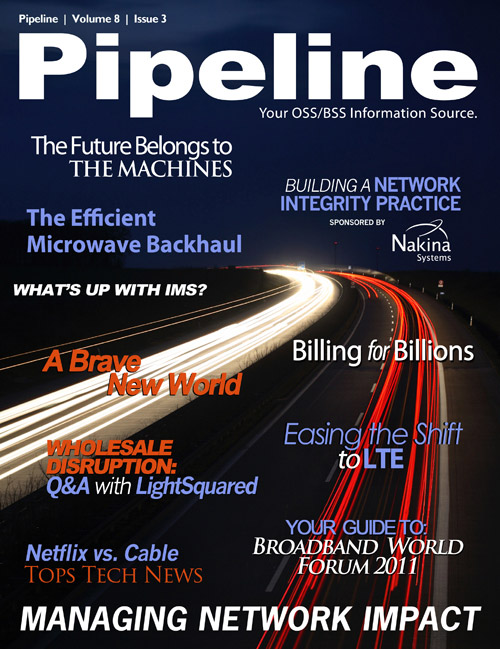By: Jesse Cryderman

One of the most fascinating aspects of the telecommunications industry is its scale: the enormity of the
global communications network and what it takes to keep it afloat is staggering. Take this example:
In just a few short years, the world will average two connected devices per person. If we apply
recent population statistics, that's nearly 14 billion connected devices making trillions of requests and
transactions weekly. If you were to count one digit every second, it would take 32,000 years to reach a
trillion; yet service providers are putting plans in place to operate, on that scale, on a weekly basis!
As Jeff Yoshimura from Zuora points out, “Service providers have to be able to deliver a broad
portfolio of services. It’s what customers want. And the billing solution needs to empower them to do
that, not be an impediment. And changes need to be recognized in days or even in real time, not weeks,
months or years. They need to deliver it to different customer segments with different packaging
and pricing options. And they need to be able to adjust to customer demands and competitive moves
quickly. If they don’t, someone else will.”
As real-time/on-demand billing becomes standard, BSS processes and billing are becoming ever
closer to the network and more important than ever. For most in the industry, it is clear that traditional
billing cannot meet the demands of the future, nor do companies want to make capital investments into
traditional billing models as they have in the past. How are carriers dialing in their billing solutions
to manage the dramatic growth in terms of network integrity? What new solutions exist? What about
cloud-based billing? We posed the question to two leaders in the billing and BSS industry to better
understand how carriers can effectively manage billing for billions.


Jeff Parker, CEO, Monolith Software
What are some challenges that carriers face as they try to ensure their billing processes of the future
meet growing demand?
The challenge is really tying together the whole flow through provisioning process. Billing is not a
standalone function. The key thing that needs to occur is workflow automation. Customer order is
entered, service is provisioned, service is monitored, billing functions are set up, service performance
reporting is put in place, etc. In order for CSP’s to save money and streamline operations, there must be
connections via the various systems (e.g. order system and billing system share the common customer
ID of record; billing system and network inventory system have some common reference point between
the two). It is much easier to have the order system and the billing system in sync. It is much more
difficult to have the network inventory system and the billing systems tied together accurately. Until
that issue gets solved, there will continue to be challenges in tying BSS and OSS systems together.





